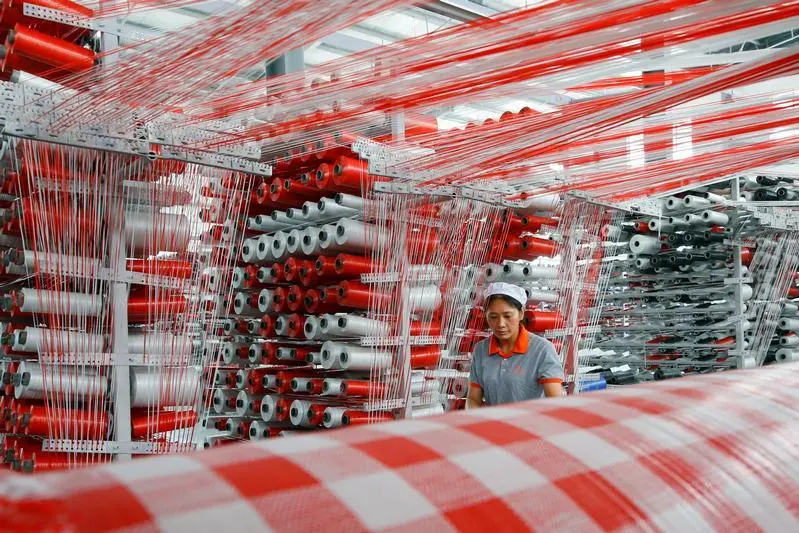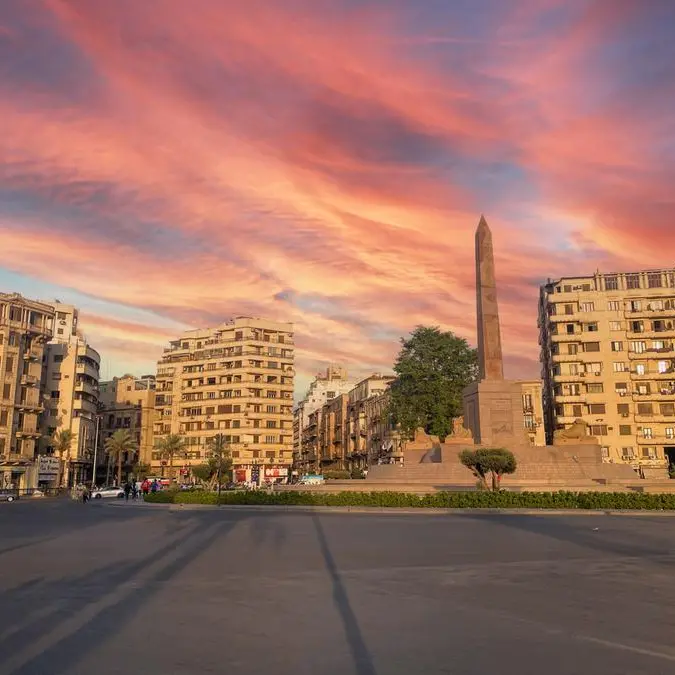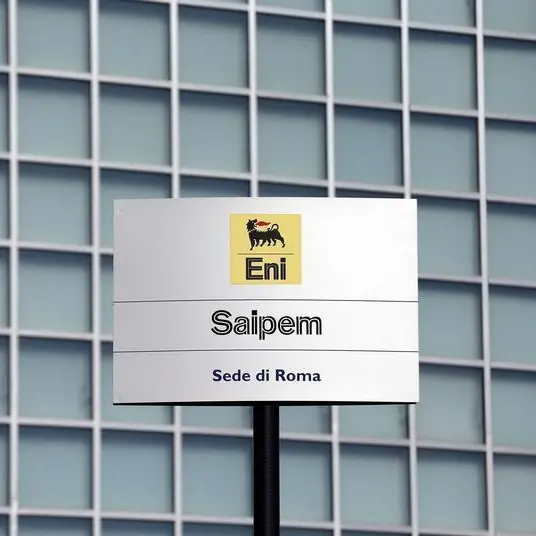PHOTO
SINGAPORE/SEOUL- Plunging oil prices and China's industrial reboot after its coronavirus lockdown have lifted Asian petrochemical margins to over one-year highs as the country's mammoth manufacturing sector revs up its use of plastics and packaging.
The restart of thousands of factories across China since Beijing began lifting movement restrictions last month has re-ignited demand for key polymers like polypropylene (PP) and polyethylene (PE), found in everything from grocery bags to medical goods and automobile dashboards.
"We have expectations for normalisation of Chinese plants," Lee Ho-woo, department leader of petrochemicals at South Korea's LG Chem said on Tuesday, pointing to an expected rise in demand for materials related to COVID-19 such as latex, used in medical gloves, and melt-blown PP, the raw material for facial mask filters.
The rebound comes as global oil prices have collapsed, slashing the price of naphtha, the main feedstock for plastics producers.
The recovery in China is key for producers. The Asian giant accounts for over 30% of global polyethylene demand and imports nearly half of its PE supplies from the Middle East, South Korea, Taiwan, Southeast Asia and the United States, said JP Nah of IHS Markit.
"China has surprisingly managed to sustain a relatively healthy degree of (PE) imports," said Nikhil Vallabhan of consultants Frost & Sullivan.
A restart of economic activity may make up for the demand lost during the lockdown, he said, and overall PE consumption could be flat at around 33-35 million tonnes in 2020 compared to 2019 "if there are no more surprises."
Had it not been for COVID-19, China's PE consumption in 2020 would have been closer to 36-37 million tonnes, Vallabhan added.
PLASTIC MARGINS JUMP
The collapse in the price of naphtha has outstripped easing PE prices, driving the recovery in plastics margins around Asia. Asian naphtha NAF-SIN prices have slumped to two-decade lows following the rout in crude oil, from which naphtha is derived.
Industry analysts approximate plastic production margins by subtracting the price of naphtha from the wholesale price of the finished polymer.
Using that methodology, the average production margin for low-density polyethylene, used in clear plastic bags, in Far East Asia is currently around $560 per tonne, according to data from Korea Petrochemical Industry Association.
That's up from an average of around $400 for the second half of 2019, and the highest since at least the start of 2019.
The margin for producing high-density polyethylene, used in tubs and pallets, has rallied to roughly $500 from less than $250 in late 2019 when regional margins were pressured by the U.S.-China trade row and worries about its impact on manufacturing across Asia.
Industry analysts peg the average breakeven point for plastics makers at around $400-$450 a tonne, suggesting manufacturers in major petchem hubs in Asia will look to lift output at current margins.
However, the global demand outlook clearly remains volatile.
Reduced consumption of finished goods in Europe and North America could extend into the third or early fourth quarter as their economies take time to recover after lockdowns are lifted.
Still, this could be partially offset by greater demand for plastics as a packaging material for food and pharmaceutical products in China, said Vallabhan.
(Reporting by Seng Li Peng in Singapore, Jane Chung in Seoul and Xu Muyu in Beijing; additional reporting by Chen Aizhu; editing by Gavin Maguire and Richard Pullin) ((lipeng.seng@thomsonreuters.com; +65 6870 3086; Reuters Messaging: lipeng.seng.thomsonreuters.com@reuters.net))












